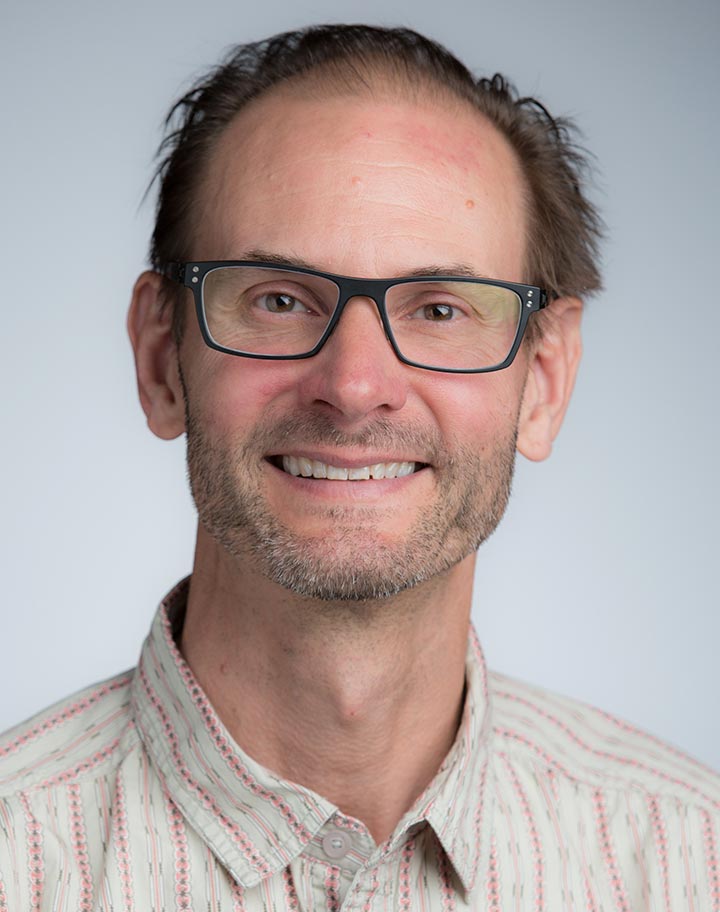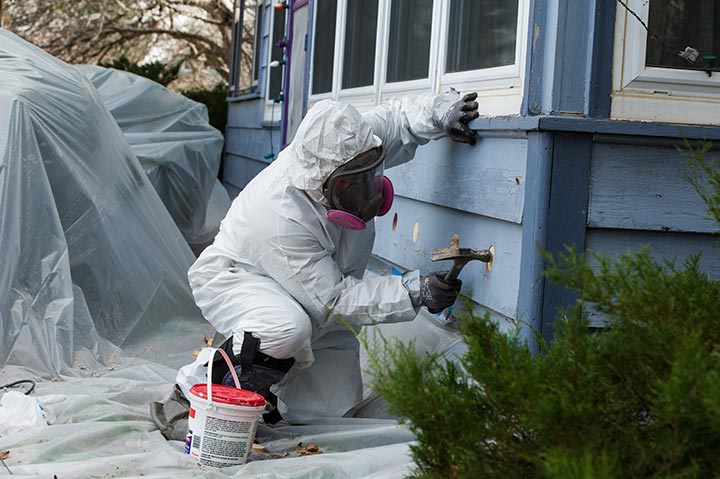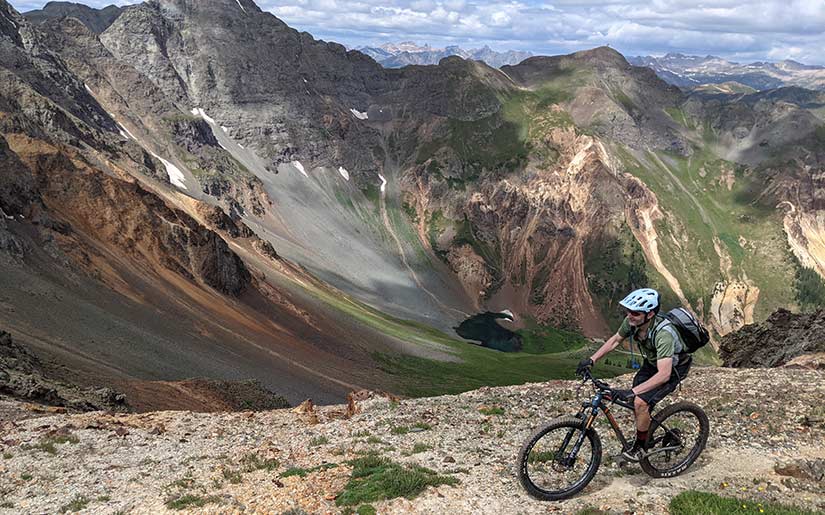Meet the State, Local, and Tribal Program Team: Chuck Kurnik
Jan. 10, 2022
In this blog, meet Chuck Kurnik, senior engineer and weatherization subprogram lead. Our “Meet the Team” blog series highlights the staff within NREL’s State, Local, and Tribal Program.
With broad support from the U.S. Department of Energy (DOE), NREL’s State, Local, and Tribal Program supports development of efficient, affordable, and resilient energy systems that address local energy challenges. See more State, Local, and Tribal Program activities and blogs on its website.

What is your name and professional title?
My name is Chuck Kurnik, and I’m a senior engineer at NREL.
How long have you worked at NREL, and what roles/positions have you held?
I’ve been at NREL for over 12 years. During that time, I’ve spent most of my time supporting the following DOE projects and programs: Weatherization Assistance Program (WAP), Uniform Methods Project, Better Buildings Workforce Guidelines, Solar Decathlon 2013 and 2015, and the Federal Energy Management Program electric vehicle supply equipment Tiger Team. I’ve been leading NREL’s support to the U.S. Marine Corps for the past 4 years. Throughout most of my career at NREL, I’ve done mostly project management of technical projects.
Talk about your journey to get to NREL, including your career path and professional background.
Out of undergrad, I worked as a manufacturing engineer for 7 years. During this time, I developed an interest in renewable energy and did lots of personal research on the topic. I was also learning about controls and communications through my work. I decided to get my master’s in engineering in a topic related to energy. As it turns out, I ended up with a master’s in mechanical engineering focused on data communication, taking some energy classes along the way and working as a research assistant maintaining internet connections for several K–12 schools in rural Colorado. This data communication knowledge and experience led me to a job as a field engineer installing remote geophysical instrumentation across the world, including three seasons at McMurdo Station in Antarctica. I was later hired at NREL during the American Recovery and Reinvestment Act (ARRA) under the Obama administration. I refer to myself as an “ARRA baby.” I definitely have broad engineering experience and consider myself a “jack of all trades.”
What is your main role and area of responsibility as the State, Local, Tribal weatherization subprogram lead? What are the goals and benefits of your subprogram?
My main area of responsibility is leading NREL’s support to DOE’s WAP. I’m the primary interface with our DOE WAP clients, although the entire NREL WAP team works directly with them as well.
The WAP reduces energy costs for low-income households by increasing the energy efficiency of their homes while ensuring their health and safety. The program supports 8,500 jobs and provides weatherization services to approximately 35,000 homes every year using DOE funds.
Through weatherization improvements and upgrades, these households save on average $283 or more every year according to a national evaluation of the program. Since the program began in 1976, WAP has helped improve the lives of more than 7 million families through weatherization services.
You can learn more on the DOE WAP website.
What has been your favorite project as the weatherization subprogram lead and why?
Probably the Installer Badges Toolkit. It integrates resources that we have developed for WAP and have been maintaining for over 10 years through both the Standard Work Specifications (SWS), which provide outcomes for quality work for energy conservation measures, and the job task analyses (JTA), specifically for retrofit installer technicians. The WAP requires use of the SWS as the basis of field guides and requires workers receive training accredited to the JTAs.

For years NREL's Weatherization team has been trying to get programs outside the WAP (e.g., utility programs) to adopt the SWS. It has been challenging. The SWS are text-based and imagining how they might be applied can be difficult for those unfamiliar with them. The Installer Badges Toolkit provides 25 badges, each a discrete task that an installer might perform in the field, such as preparing an attic for insulation. The SWS are the basis for the outcome of the task/badge, and each badge references the knowledge, skills, and abilities from the JTA that are required to complete the badge/task. We are developing job aids to the badges this year, which will include images to enhance understanding. The badges can be the basis of on-the-job training for retrofit installer technicians, allowing workers new to the field to get up to speed quickly and program administrators the flexibility to choose the badges most appropriate to their program. We have recently gotten some interest in the badges from programs and organizations outside WAP.
I see the badges concept being applicable to the workforce in many other energy applications and other industries.
What more would you like to add about your research or work at NREL?
My role as site operations manager for the Solar Decathlon was also very rewarding. First of all, there was a large field component. I really enjoy being in the field working in a fast-paced environment. It also enabled me to develop close relationships with several NREL co-workers. I learned a lot about electrical distribution on this project, and that opened doors to microgrid projects that I now support. Last but definitely not least, it was great meeting and working with the student teams. They were really dedicated and sharp and appreciated the hands-on experience that they were getting.
Just for fun: Outside of your work, what else are you interested in? What are your hobbies or fascinations?
My hobbies are cycling (preferably mountain) and music: playing, listening, watching, learning history, and discovering more challenging forms of modern music. I’m finishing my basement, which scratches the itch to work with my hands and build things. I also like to cook, travel, hike, bike, ski, and watch wildlife with my wife, Trish.

Chuck Kurnik enjoys a scenic bike trek through Silverton, Colorado. Photo by Chuck Kurnik, NREL
Share

